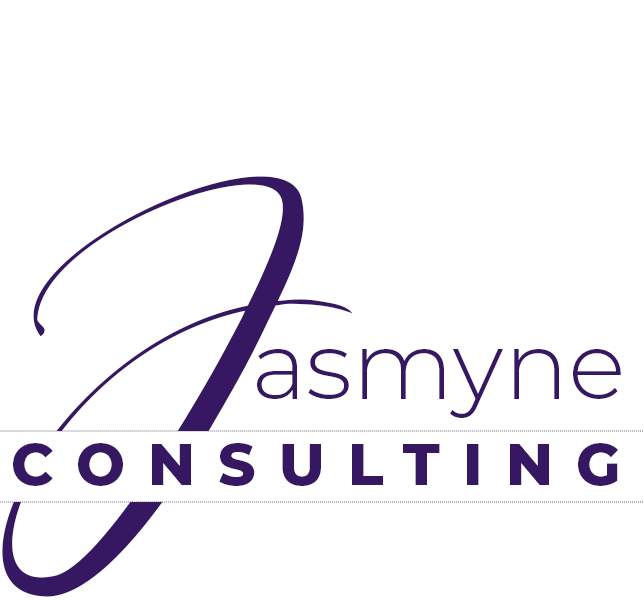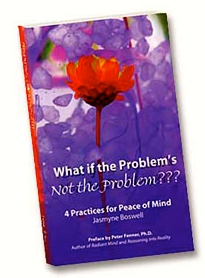Choosing the Point of View to Write From
Everyone has a point of view. Before the writer begins, he or she must decide what point of you they will take. Keep in mind, Ii you want to get in the head of all your characters, writing in the third person is the way to go. It gives you a license to authentically create and mold each character’s thoughts, feelings, memories, etc. If you are writing a memoir, writing in the first person in the present tense creates a more intimate read.
The following will help you choose:
FIRST, SECOND AND THIRD PERSON WRITING
The first-person point of view is used mainly in fiction or memoir, when a story is told from the point of view of one of the characters, using “I” and “me” throughout the story. This point of view allows the reader to see all the action of the story through the eyes of that single character. When the “I” of the story is the main character, the reader can get in the head of the narrator, experiencing all of the main character’s thoughts and feelings.
The second-person point of view isn’t used very much, simply because it’s very difficult to write from without confusing the reader. This point of view is used mainly in fiction, when the story’s narrator uses “you” to address the main character, such as in a story where the author (narrator) is addressing a younger version of himself.
In the third-person point of view, the author uses “he” and “she” to describe the action of the story. This point of view allows for distance between the author and the characters, as well as for an “all-seeing, all-knowing” (or omniscient) narrator.
When writing a story based on true events, or creative-nonfiction, writing in third-person point of view allows the writer to change viewpoints and create conversations they were not actually privy to.
It is not impossible but arduous to change a point of view on a re-write.
Enjoy!

